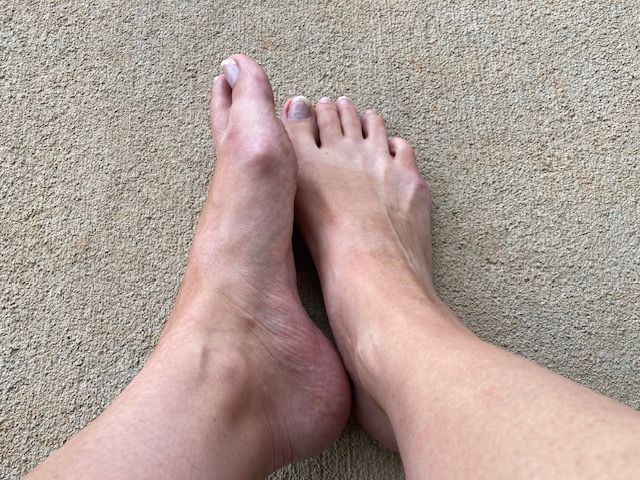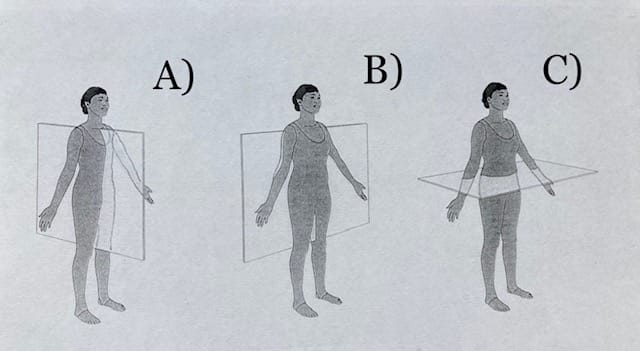Why You Should Allow Massage on Your Feet

Often clients will say they don't want their feet massaged. Their reasons vary, from self-consciousness about the appearance of their feet to painful joints or bone spurs to the belief that it will tickle. In my view, none of these are barriers to an enjoyable foot massage.
First and foremost, if we were offended by the human body, we wouldn't have become massage therapists. Secondly, we know how to approach problem joints and bone spurs. And as for ticklishness, it rarely happens, and when it does (anywhere on the body), we know that slowing down the stroke and increasing pressure usually alleviates it.
The foot is our foundation; it grounds us and connects us to our planet, and it's our starting point for movement into the world. A human foot has 26 bones and 18 muscles in four layers. In addition, 13 muscles of the leg (lower limb from the knee to the ankle) attach on the foot. In massage therapy, where we can, we aim to treat the entirety of a muscle, end to end, from its origin to its insertion. So when you prohibit massage on your feet, you're missing out on complete therapy to more than two dozen muscles in your legs alone.
Moreover, the thousands of nerve endings in the foot transmit calm and balance to your whole body during foot massage. In reflexology, shiatsu, acupuncture, and acupressure, treating the foot is a means of impacting other structures of the body, including glands and organs. While this is not my focus as a massage therapist, I honor that treating the feet is a means of treating the entire body. Lastly, if you are unsure of your stance on something, massage or other modalities of bodywork on the feet may yield clarity on where you stand and your path forward.





Member discussion